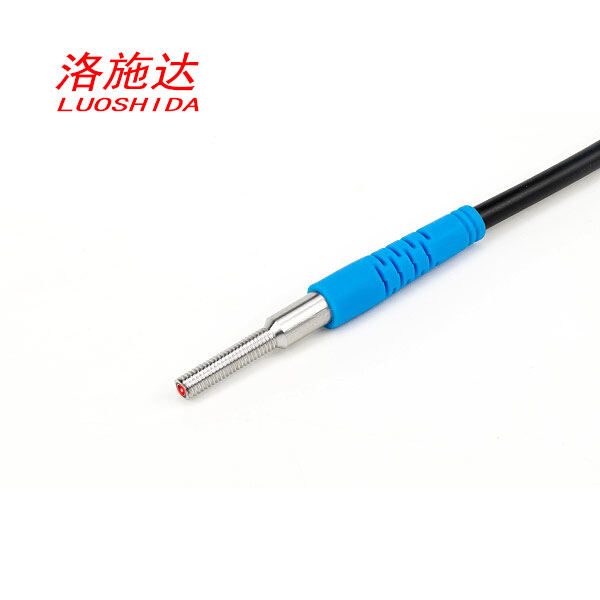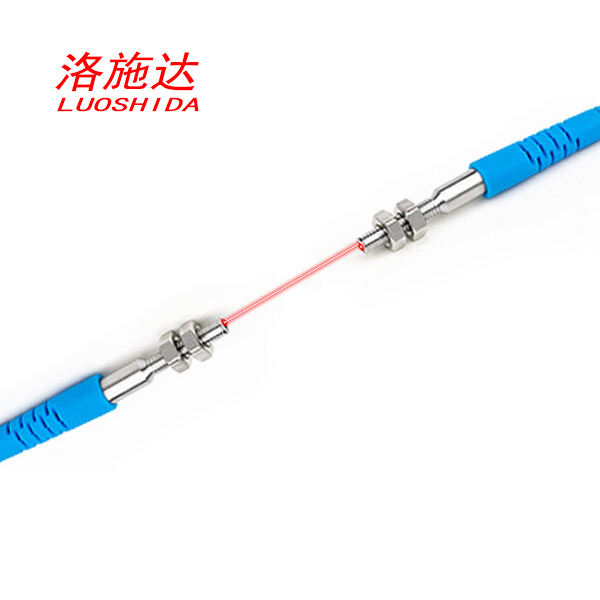Wondering how to pick the perfect laser sensor for your precision - measurement project?
Key Factors to Consider When Choosing a laser sensor for Precision Measurement
Measurement Range and Accuracy
When choosing a laser sensor for precision measurement, it is crucial to understand the required measurement range for your application. This ensures the sensor can cover the necessary distance without compromising accuracy. High-precision applications demand sensors with minimal error margins. Therefore, evaluating the accuracy specifications is vital to achieving reliable measurements. Additionally, consider the resolution of the sensor, as it determines the smallest detectable change in measurement, enabling precise control and data reliability.
Environmental Conditions and Durability
Assessing the environmental conditions where the sensor will be used, such as temperature, humidity, and exposure to dust or chemicals, is essential for selecting the right laser sensor. Sensors with appropriate IP ratings are vital to ensure they withstand harsh environments, enhancing longevity and consistent performance. Rugged designs with long-term durability are particularly important in industrial settings, where reliability and minimal maintenance are crucial for continuous operations.
Output Options and Integration
Determining the output options that are compatible with existing systems is a key consideration when choosing a laser sensor. Options can include analog, digital, or serial outputs, and selecting the right one ensures seamless data communication. Moreover, evaluating the ease of integration with other equipment, such as PLCs or control systems, is important to streamline operations. Consider sensors with programmable features for customization, allowing adaptation to specific application needs and enhancing operational efficiency.
Understanding Laser Sensor Technologies for High-Precision Applications
Time-of-Flight (TOF) Technology
Time-of-Flight (TOF) sensors are paramount in high-precision applications, accurately measuring the time taken by a laser pulse to travel to a target and return. These sensors are ideal for scenarios that require long-range measurements with high precision, making them indispensable in fields such as robotics, automation, and autonomous vehicles. TOF sensors are known for their capacity to provide detailed spatial mapping, crucial for navigation and obstacle detection in dynamic environments.
Laser Triangulation Sensors
Laser triangulation sensors operate by projecting a laser beam onto a target and using a detector to measure the angle of reflection, determining the target's position. This method is particularly suitable for short-range, high-accuracy measurements, such as surface inspection and thickness measurement. The high resolution and fast response times of laser triangulation sensors make them an excellent choice for applications requiring detailed and rapid measurements, crucial in quality control and manufacturing processes.
Chromatic Confocal Technology
Chromatic confocal sensors utilize a multi-wavelength laser to determine distances based on the wavelength of the reflected light, offering exceptionally high accuracy and resolution. These characteristics make them ideal for micro-level measurements, especially in industries like semiconductor manufacturing and medical device production, where precision is paramount. Chromatic confocal technology provides a robust solution for capturing detailed measurements at a micro-scale, ensuring accuracy in demanding environments.
Top Laser Sensor Models for Precision Measurement
DC M3 Ultra-Mini Laser Sensor Diffuse Mode
The DC M3 Ultra-Mini Laser Sensor in diffuse mode is a cutting-edge solution designed for precision measurement in confined spaces. Its compact design ensures easy integration into environments with limited space. This model excels in providing high accuracy and repeatability, making it particularly suitable for industries such as automation, packaging, and assembly lines, where precise measurements are crucial.
DC M3 Ultra-Mini Laser Sensor Through Beam Mode
The DC M3 Ultra-Mini Laser Sensor is also available in through-beam mode, offering reliable detection for applications that demand high precision. This model stands out with its long sensing range, which ensures robust performance even in challenging environments. It's commonly employed in material handling and quality control processes, where precise and dependable performance is essential for operational efficiency.
Applications of Laser Sensors in High-Precision Industries
Automotive and Aerospace
In the automotive and aerospace industries, laser sensors play a critical role in ensuring precision and accuracy. These sensors are notably used for tasks such as precise alignment, gap measurement, and surface inspection in automotive manufacturing. In aerospace applications, laser sensors ensure accurate component positioning and quality control during assembly. This high level of precision is crucial for maintaining safety and performance standards, making laser sensors an indispensable tool in these high-stakes sectors.
Electronics and Semiconductor Manufacturing
Laser sensors provide essential support in electronics and semiconductor manufacturing by enabling precise wafer alignment and thickness measurement. They are also employed for inspecting micro-components, which ensures the production of high-quality electronic assemblies. The use of laser sensors is vital for achieving the high precision required in creating miniaturized electronics, where even minor discrepancies can lead to significant flaws in product performance.
Medical Devices and Pharmaceuticals
In the production of medical devices, laser sensors offer precise measurements and quality assurance, contributing significantly to the manufacturing process. They are also used in the pharmaceutical industry for accurate filling and packaging processes, helping to ensure that these processes meet stringent regulatory standards. The rigorous demands for precision and compliance in these industries make laser sensors a key component in maintaining product integrity and safety.
Maintenance and Calibration of Laser Sensors
Regular Calibration for Optimal Performance
Regular calibration is essential to ensure that laser sensors maintain their accuracy and reliability. Calibration involves following the manufacturer's guidelines meticulously regarding intervals and procedures. This not only optimizes performance but also extends the sensor's operational lifespan. Using certified calibration tools and services ensures that the results are precise and trustworthy, further enhancing sensor reliability.
Cleaning and Handling Best Practices
Maintaining laser sensors involves proper cleaning and handling to preserve their functionality. Regular cleaning prevents dust and debris from affecting the sensor's performance. It's crucial to handle these devices carefully, as their sensitive components can be easily damaged. Manufacturers usually provide recommendations on cleaning agents and tools; it’s advisable to stick to these guidelines for best results and longevity of the sensors.
Troubleshooting Common Issues
Troubleshooting is a necessary skill for addressing common laser sensor issues like signal interference or misalignment. Start by referring to the sensor's user manual, which typically outlines key troubleshooting steps and solutions. If problems persist, technical support should be contacted for expert advice and assistance, ensuring that sensor-related issues are resolved efficiently and effectively.

 EN
EN
 AR
AR
 FR
FR
 DE
DE
 IT
IT
 JA
JA
 KO
KO
 PT
PT
 RU
RU
 ES
ES


